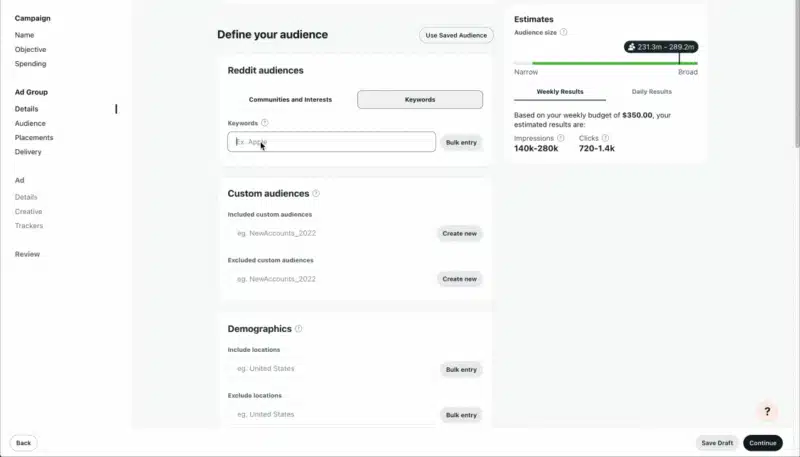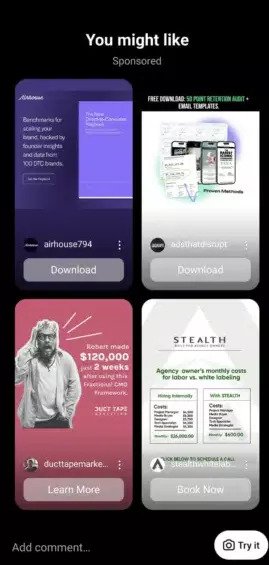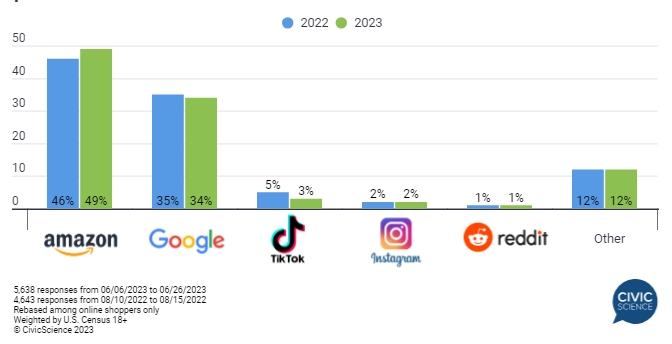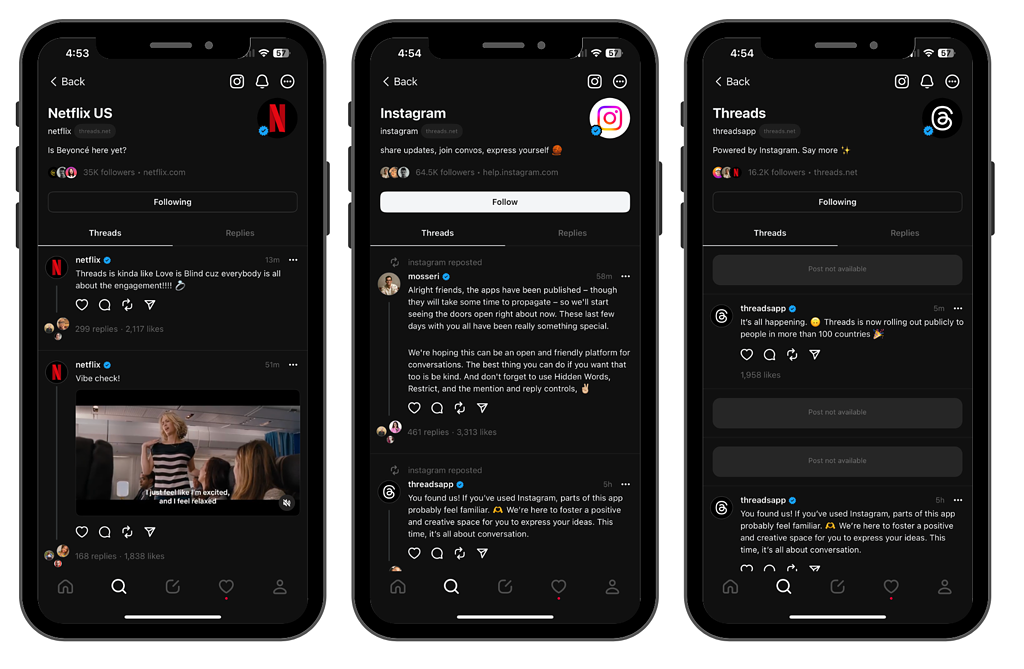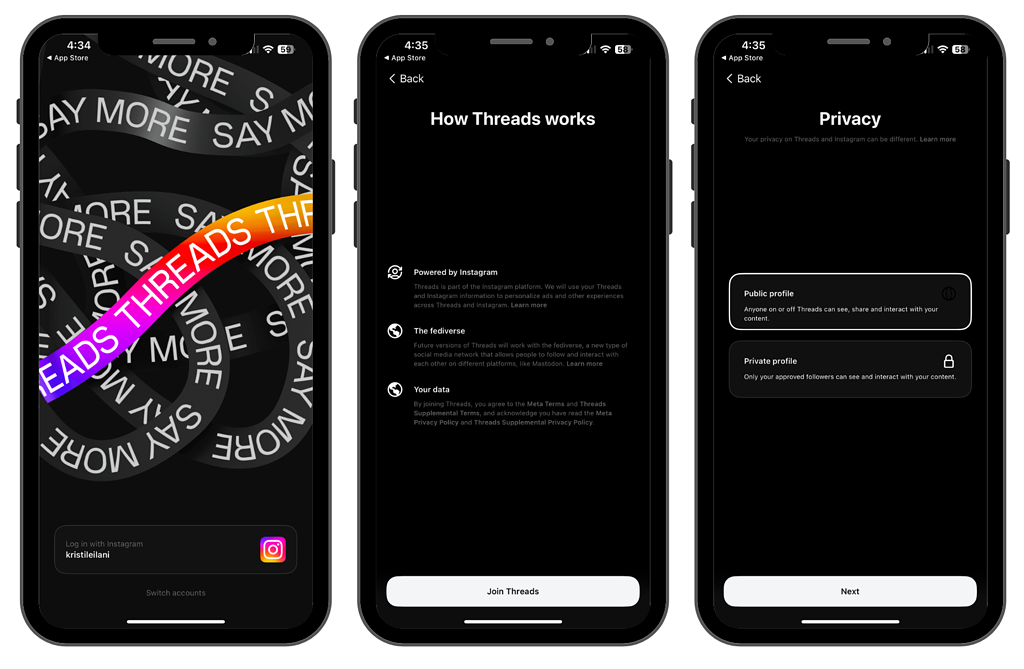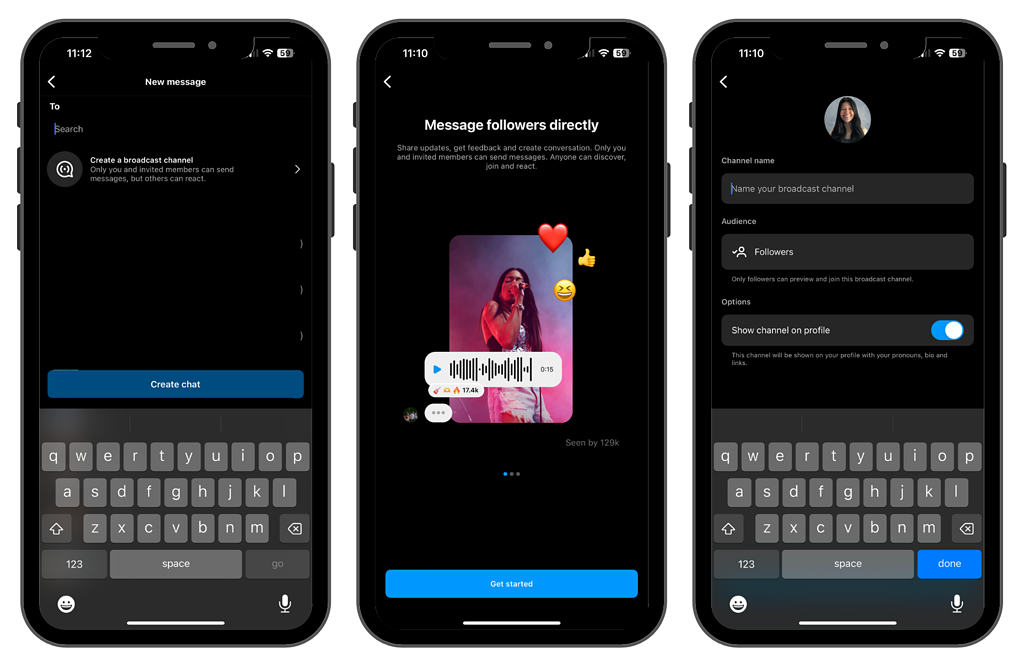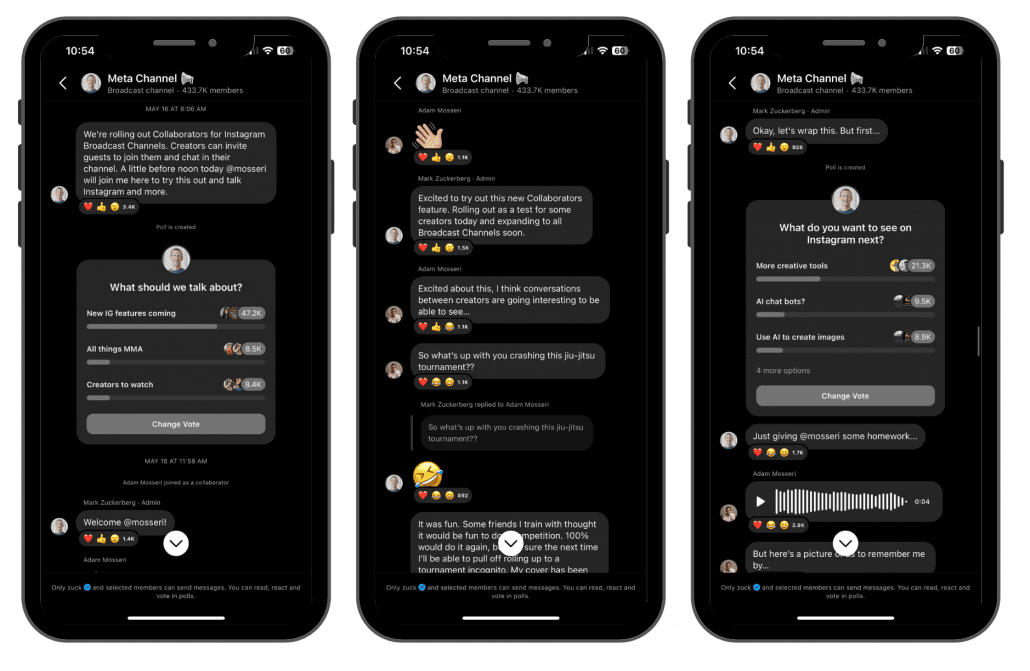TikTok is finally making its foray into e-commerce with the official launch of TikTok Shop for businesses and users in the United States.
The new feature has been in beta since at least April, but now all US-based brands can set up their own shops within the app.
To make it easy to set up your own shop, TikTok Shop is integrated with the most widely-used e-commerce platforms including Shopify, WooCommerce, BigCommerce, Magento, and Salesforce Commerce Cloud.
Additionally, TikTok has made it possible to easily add apps like Zendesk, Printful, Yotpo, EasyShip, and more to expand the features already available in TikTok Shop.
What Can TikTok Shop Do For Your Business?
TikTok has already proven it can be a highly influential platform for e-commerce brands hoping to be the next big thing. With a US user base of over 150 people, the app is well-positioned to connect brands with engaged consumers who are likely to spread the word of your brand even further.
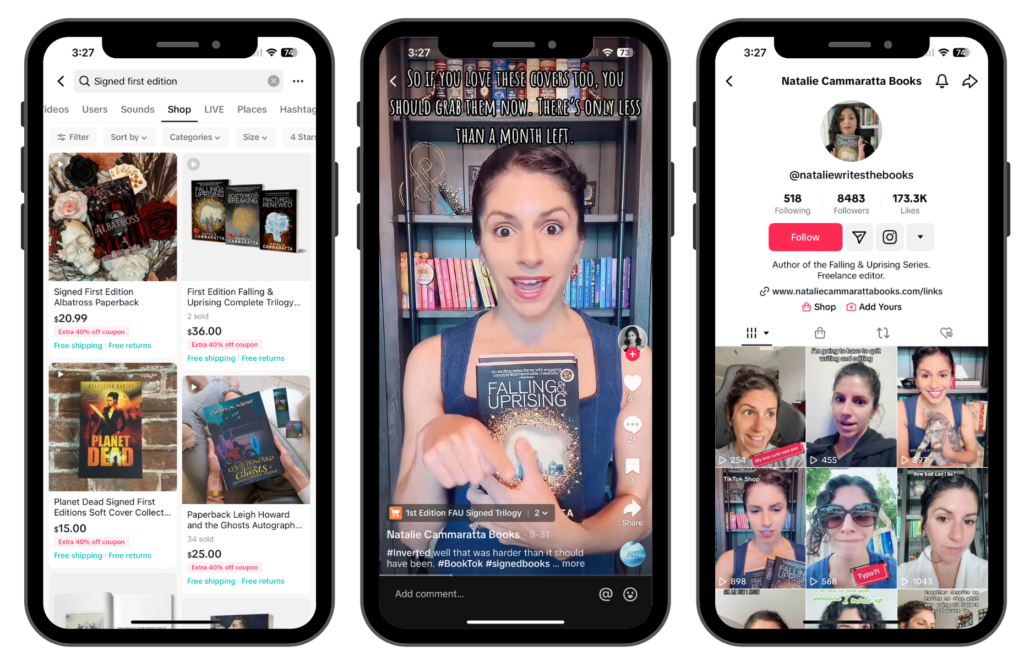
Now, the app is streamlining the process of discovering and purchasing a new brand or product by allowing brands to set up stores in a dedicated “Shop Tab” to promote and sell their products without leaving the app.
Along with product listings, TikTok Shop also allows users to read and leave reviews to promote trust in your brand.
Interestingly, the platform also includes options for affiliate sellers such as influencers or creators with over 5,000 followers to sell and promote TikTok Shop products.

